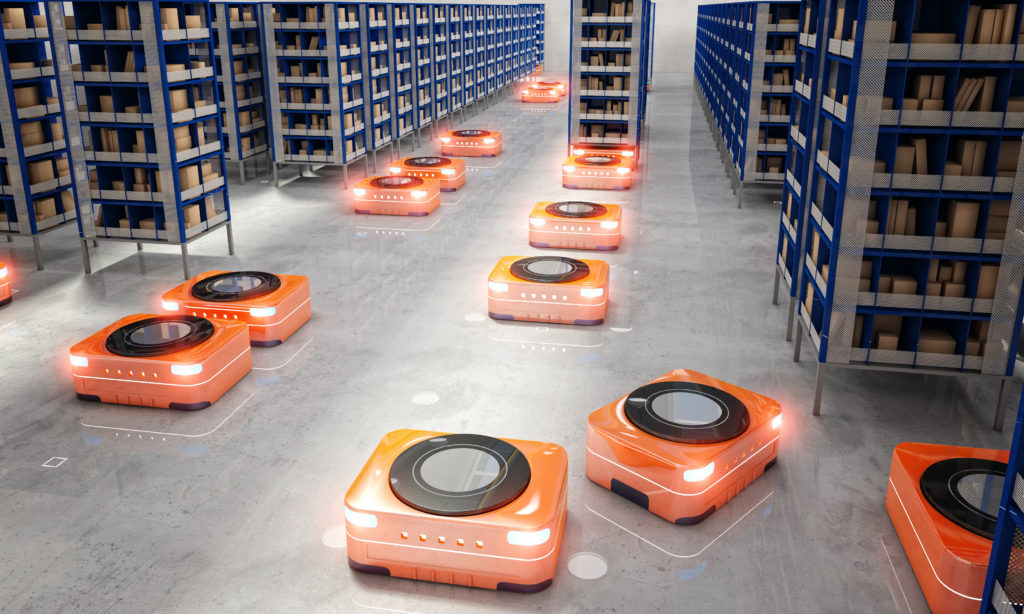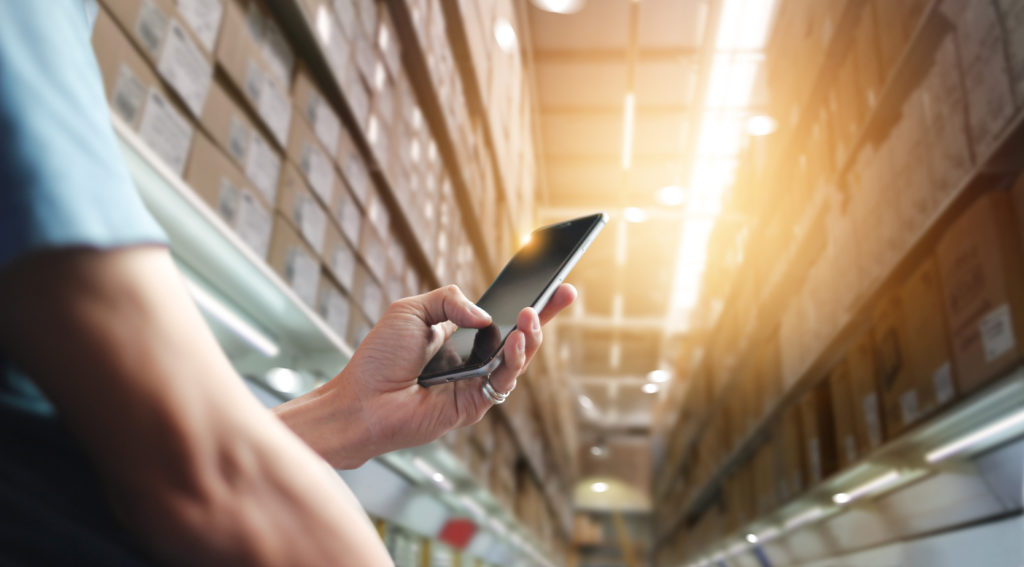Four ways logistics automation will shape the warehouse of the future by Mr. Alain Kaddoum, General Manager, Swisslog Middle East

The pace of change has never been as fast as it is today, and those changes will ultimately influence the warehouse of the future. From demographic shifts to increasing urbanization, and from drones to 3D printing, social and technological changes will put pressure on supply chain and logistics managers to move goods closer to consumers and develop warehouses with the flexibility and speed to support local, faster delivery through multiple channels.
The goods that make their way through supply chains ultimately end up with consumers, and consumers not only drive demand but set expectations for delivery. By 2030, the omni-channel journey of a customer will move further, and the channels might be even more diverse than today. The global market for warehousing and logistics robotics reached nearly $2 billion in 2016 and is projected to exceed $22 billion by the end of 2021. It is without a doubt that those companies who invest in robotics and automation now will be better equipped to thrive in the coming years.
Like many other industries, automation in the Middle East is going through a significant period of change, with a focus on increased efficiency. In order to be able to respond to these changes and remain competitive, embracing innovative technologies is now more important than ever before. Technologies like the Internet of Things, dynamic enterprise management, global supply chain visibility, and machine learning are already changing the way manufacturers produce goods and interact with customers. Several technologies have a role to play. Cloud deployment, advanced ERP solutions, data science, predictive analytics, machine learning, smart sensors, and online portals all play a part.
Alain Kaddoum, General Manager at Swisslog Middle East identifies some predictions in logistics automation that will shape the warehouse of the future.
 Prediction 1: Warehouses will move closer to the customer
Prediction 1: Warehouses will move closer to the customer
Studies show that 20 to 25% of consumers would pay significantly more to receive items on the same day. Thus, the warehouse must move closer to customers it serves. 2019 will see a growth in urban distribution centers (urban DC) that stage products close to users within large cities to enable faster delivery and a more seamless omni-channel experience. The obvious challenge to this scenario will be the space limitations and relatively high real estate costs inherent in urban markets. This will dictate compact and efficient warehouses with limited inventories that are optimized using predictive analytics and supplemented with 3D printing.
Prediction 2: 3D printing will disrupt warehouses
Similar to many warehouses today, the urban DC will need to hold some inventory. However, since space is limited and product ranges are likely to continue to expand, this inventory will be limited. Products not available in the limited inventory may be 3D printed. This reduces inventory requirements and allows the creation of individualized products. In principle, smaller items, and products that are sold regularly would be held in stock. Inventory size would be minimized through 3D printing and use of big data to predict behavior and distribute articles to the urban DC just before they are ordered. Because the urban DC will support multiple sellers in a shared service model, this creates the opportunity to consolidate articles from different sellers into one shipping carton to reduce shipping costs and enhance the customer experience.
Prediction 3: Pre-picked goods and parcels will be consolidated for last-mile services
With the rise of e-commerce, consumer preferences have become the center of attention in the formerly business-oriented parcel delivery market. Large e-commerce players, as well as various start-ups, have identified last-mile services as a key differentiator amongst their competitors. In fact, the variety of delivery options and the perceived quality of the delivery service are the major criteria’s for online customers and hence directly impact e-commerce players’ success in the marketplace.
The global e-commerce revolution continues to fuel rising demand for parcel shipments around the world. Forrester Research predicts a 10% year-on-year growth for online retail in Europe and the US. The pace is picking up even faster in Asia; by the year 2020, the online retail market in China is projected to be equal to that of France, Germany, Japan, the UK, and the US combined. Therefore, to help businesses drive efficiency, cut costs and meet the last mile delivery challenge, new technologies are steadily being introduced. These range from drones and autonomous vehicles to robotics, automation, and smart technology. Innovations such as electric vans, parcel lockers, and smart door locks, have gone from pilot testing to being deployed at scale. Over the next few years, the deployment of these technologies will rise.
Prediction 4: Mobile Robotics will become the norm
As e-commerce and on-demand economy continue to grow worldwide, a new generation of autonomous mobile robots will be introduced to help companies tackle major labor challenges posed by this rapid expansion and demand. This new generation of mobile robotics will be configured to support same-day delivery, or customer pickup through a combination of autonomous vehicles, robotic picking and loading, drones and mobile pickup points.
This type of technology will play a significant role in delivering the speed and efficiency required and automating the movement of products from large regional warehouses to the urban DC while enabling faster picking, loading, and delivery of these products.
Supply chain managers are already dealing with a myriad of technology and market changes as they implement modular, automated solutions to increase productivity and throughput in their warehouses. However, the changes occurring in society, with more disposable income and higher consumer expectations, may stretch existing distribution networks beyond their ability to adapt.
The solutions emerging today in terms of automated guided vehicles, automated picking and intelligent, modular software provide the speed and flexibility to support these core capabilities and will continue to evolve to meet the demands of the future.

